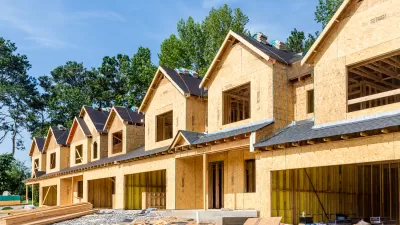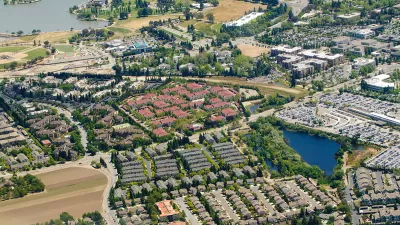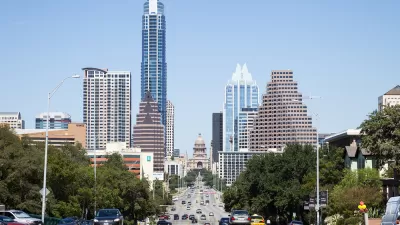Yonah Freemark provides a comprehensive explainer of the nuts and bolts of population analysis, applying that expertise to an examination of downtown population change.

Yonah Freemark writes an in-depth explainer post about population changes around the United States. Before beginning with an analysis of downtown populations, Freemark describes in clear detail his methodology. The introductory passage thus has a lot to teach about the benefits and shortcomings of the tools available for demographic analysis, which have advantages and disadvantages at every level (i.e., region, county, city, tract/block/block group).
Then, Freemark "delves into the question of how to measure population growth in urban environments by examining frequently used measures of demographic change and comparing them to alternatives," because "the question of what cities are growing and what cities aren’t is at the core of some of the most pressing debates in today’s urban planning–so understanding how a place’s population change is occurring is essential."
The post digs into his analysis to produce findings about the downtown areas of cities like Los Angeles, Las Vegas, Houston, Indianapolis, and New York City, among others, and some general trends from cities around the country. On that latter count, this passage is just one of the many important revelations and explanations from the article:
The U.S. has gained more than 140 million people since 1960, and the growth of its largest cities has at least to some degree corresponded to that; the total population of the 100 largest cities in 1960 grew from 47.5 million then to 57.4 million in 2014. Yet this growth has come largely through annexation and not through infill development or construction downtown…
Though taking a different route to the conclusion, that claim also supports another recent article debunking the commonly cited statistic that half of humans live in "cities." Freemark's post is thus another productive move to reorient the discussion about city growth.
FULL STORY: Reorienting our discussion of city growth

Pennsylvania Mall Conversion Bill Passes House
If passed, the bill would promote the adaptive reuse of defunct commercial buildings.

Planning for Accessibility: Proximity is More Important than Mobility
Accessibility-based planning minimizes the distance that people must travel to reach desired services and activities. Measured this way, increased density can provide more total benefits than increased speeds.

Fair Housing Cannot Take a Back Seat to ‘Build, Baby, Build’
If we overlook fair housing principles in the plan to build US housing back better, we risk ending up right back where we started.

LA Metro Board Approves New 710 Freeway Plan
The newest plan for the 710 corridor claims it will not displace any residents.

Austin’s Proposed EV Charging Rules Regulate Station Locations, Size
City planners say the new rules would ensure an efficient distribution of charging infrastructure across the city and prevent an overconcentration in residential areas.

Making California State Parks More Climate-Resilient
A recently released report offers recommendations for keeping state parks healthy and robust, including acquiring additional land for conservation and recreation.
City of Costa Mesa
Licking County
Barrett Planning Group LLC
HUD's Office of Policy Development and Research
Mpact Transit + Community
HUD's Office of Policy Development and Research
Tufts University, Department of Urban and Environmental Policy & Planning
City of Universal City TX
ULI Northwest Arkansas
Urban Design for Planners 1: Software Tools
This six-course series explores essential urban design concepts using open source software and equips planners with the tools they need to participate fully in the urban design process.
Planning for Universal Design
Learn the tools for implementing Universal Design in planning regulations.


























